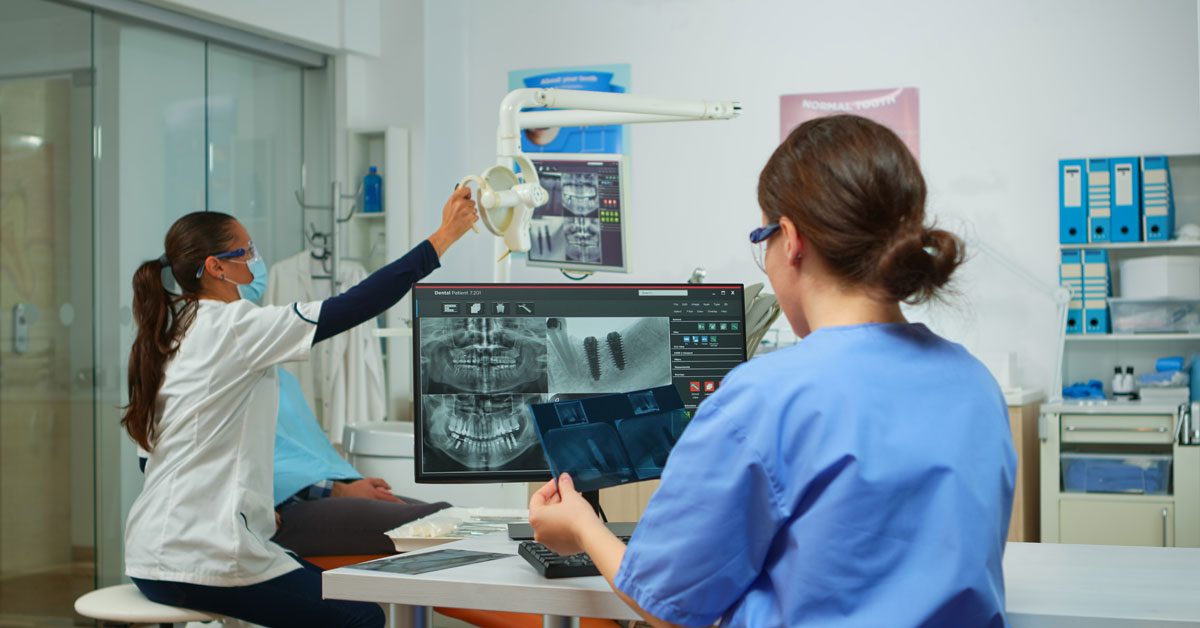Revolutionizing Healthcare: The Power of Radiology Reporting Solutions
In the ever-evolving landscape of healthcare, advancements in technology have significantly transformed the way medical professionals diagnose and treat patients. One such groundbreaking development is the implementation of Radiology Reporting Solutions. These solutions are revolutionizing radiology practices, streamlining workflows, and improving patient care by enhancing the accuracy and efficiency of radiology reports. In this blog, we’ll explore the remarkable impact of Radiology Reporting Solutions in the medical field.
What Are Radiology Reporting Solutions?
Radiology Reporting Solutions are software systems designed to assist radiologists in generating accurate and comprehensive reports based on medical imaging studies, such as X-rays, MRIs, CT scans, and ultrasounds. These solutions offer a wide range of tools and features that facilitate the interpretation of medical images, making the radiologist’s job more efficient and precise.
Key Benefits of Radiology Reporting Solutions
Enhanced Accuracy: One of the most significant advantages of these solutions is their ability to reduce human error. Advanced algorithms and AI-driven tools assist radiologists in detecting anomalies and abnormalities that might be missed during manual interpretation. This ensures that patients receive more accurate diagnoses and timely treatment.
Efficiency and Workflow Optimization: Radiology Reporting Solutions streamline the reporting process, enabling radiologists to generate reports more quickly and with greater consistency. This efficiency translates to shorter waiting times for patients, reduced administrative overhead, and improved overall workflow in radiology departments.
Remote Reporting: With the advent of telemedicine, Radiology Reporting Solutions allow radiologists to work from remote locations, providing expert interpretation and analysis to healthcare facilities and patients regardless of geographical boundaries. This flexibility not only improves patient access to radiology services but also addresses the shortage of radiologists in certain regions.
Structured Reporting: These solutions support structured reporting, which helps standardize the format and content of radiology reports. This consistency enables better communication between healthcare providers, leading to improved patient care and outcomes.
Integration with Electronic Health Records (EHR): Radiology Reporting Solutions seamlessly integrate with EHR systems, allowing for easy access to patient history, previous reports, and other relevant medical information. This integration ensures that radiologists have a comprehensive view of a patient’s health, leading to more informed diagnoses.
Quality Control: Radiology Reporting Solutions often include quality control tools that help maintain high standards in reporting. Radiologists can review and validate reports efficiently, ensuring that the final document is of the highest quality.
The Future of Radiology Reporting
As technology continues to advance, Radiology Reporting Solutions will evolve as well. Expect to see further integration of artificial intelligence and machine learning algorithms, leading to even more accurate and efficient reports. Additionally, these solutions will likely become more patient-centric, allowing patients to access their own reports and images, empowering them to take an active role in their healthcare.
In conclusion, Radiology Reporting Solutions are a game-changer in the healthcare industry. They improve the accuracy, efficiency, and accessibility of radiology services, ultimately leading to better patient care and outcomes. As technology continues to advance, the future holds even more promise for radiologists and patients alike, thanks to these remarkable solutions.


